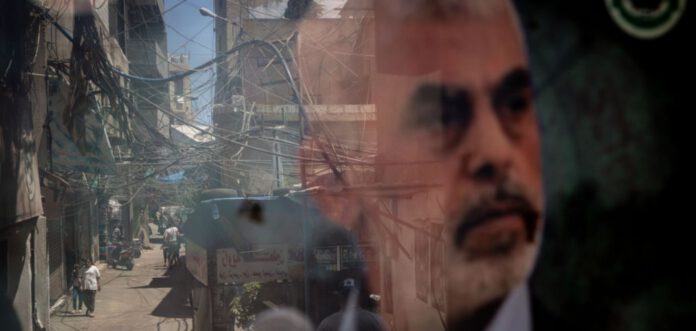
On October 17, 2024, Israel announced the death of Yahya Sinwar, Chairman of the Hamas Political Bureau, following an operation on October 16. Sinwar was killed during an engagement between Israeli troops and militants near Tel al-Sultan in the Gaza Strip. Initially, the Israeli forces did not recognize him among the militants they had killed, but later confirmed his identity through fingerprinting and DNA testing.
Sinwar’s role in Hamas had grown significantly, especially after the assassination of other top leaders, making him a key figure in the organization. He was considered the mastermind behind the major attack on Israel on October 7, 2023, and his death is seen as a significant victory for Israel in its ongoing conflict with Hamas.
Historically, Israel has targeted Hamas leaders, but Sinwar’s death raised concerns about the circumstances surrounding the operation. It was noted that the unit involved was not a special forces unit, and there was no prior intelligence on Sinwar’s location. Reports suggest he may have ventured out of hiding for supplies, indicating a potential disconnection from his organization.
Since the war began, Sinwar had limited his communication methods to avoid detection, relying on couriers instead of modern technology. His smaller entourage during this encounter could reflect a strategy to minimize risk based on past experiences with Israeli operations targeting leaders. Despite the success of this operation, it remains uncertain how deeply Sinwar’s death will impact Hamas, which has adapted to leadership losses over the years.
On July 13, 2024, the IDF conducted a significant airstrike in the AI-Mawasi area near Khan Younis, targeting a building where Mohammed Diab Ibrahim al-Masri, head of the Ezzedeen al-Qassam Brigades, was hiding. The strike resulted in the deaths of al-Masri, his entourage, and numerous Qassam members and their families. Following this, on August 3, another leader, Haitham Balidi, was killed by an Israeli helicopter missile in the West Bank, along with his six guards.
In August, Israeli forces also destroyed an underground tunnel in Gaza, resulting in the deaths of several prominent Hamas figures, including Rawhi Mushtaha and Sameh Siraj, who had previously evaded an earlier bombing. These incidents indicate that gatherings of Hamas personnel are increasingly vulnerable to detection and attack by Israeli intelligence.
Sinwar’s survival until October 2024 is attributed to a combination of reduced gatherings and strategic evasion. However, during the encounter that led to his death, two of his guards engaged an Israeli patrol, allowing Sinwar to attempt to hide. This tactic, while initially advantageous, ultimately led to a rapid defeat for the guards and left Sinwar exposed to Israeli drones.
The current state of Hamas in Gaza shows a significant decline in its ability to coordinate and mount organized resistance. The group is now primarily capable of sporadic attacks, and the Israeli military views operations against these militants as routine, often failing to recognize the significance of their targets.
The impact of these leadership losses on Hamas mirrors the experiences of other militant organizations, like al-Qaeda and ISIS, whose operational capabilities diminished significantly after the deaths of their leaders. With the majority of its senior leadership eliminated and its forces reduced from about 30,000 to between 7,000 and 10,000, Hamas faces formidable challenges in reorganizing and sustaining its operations. The current situation suggests a deep fragmentation within the organization, complicating its prospects for recovery and continued resistance.
Source: southcn, NBC News, BBC, Stratfor



